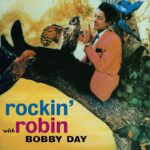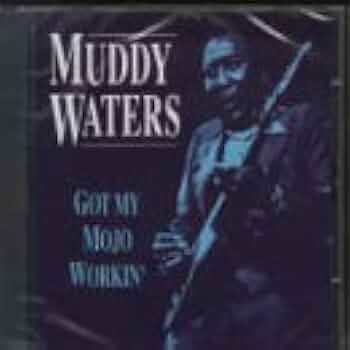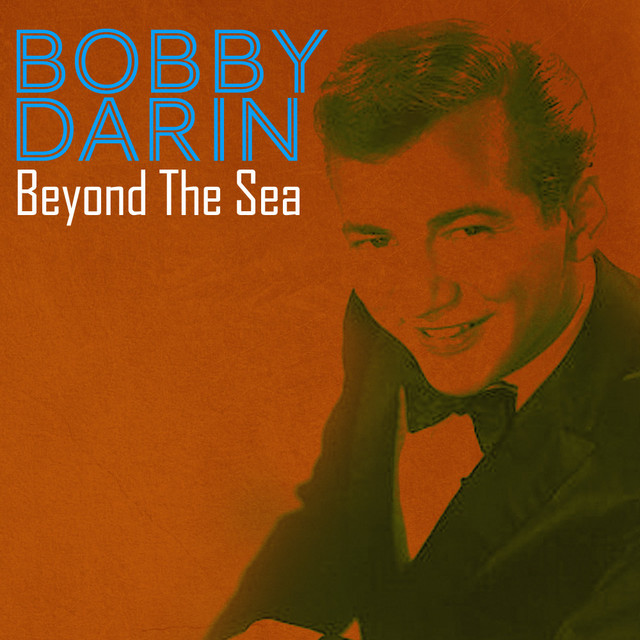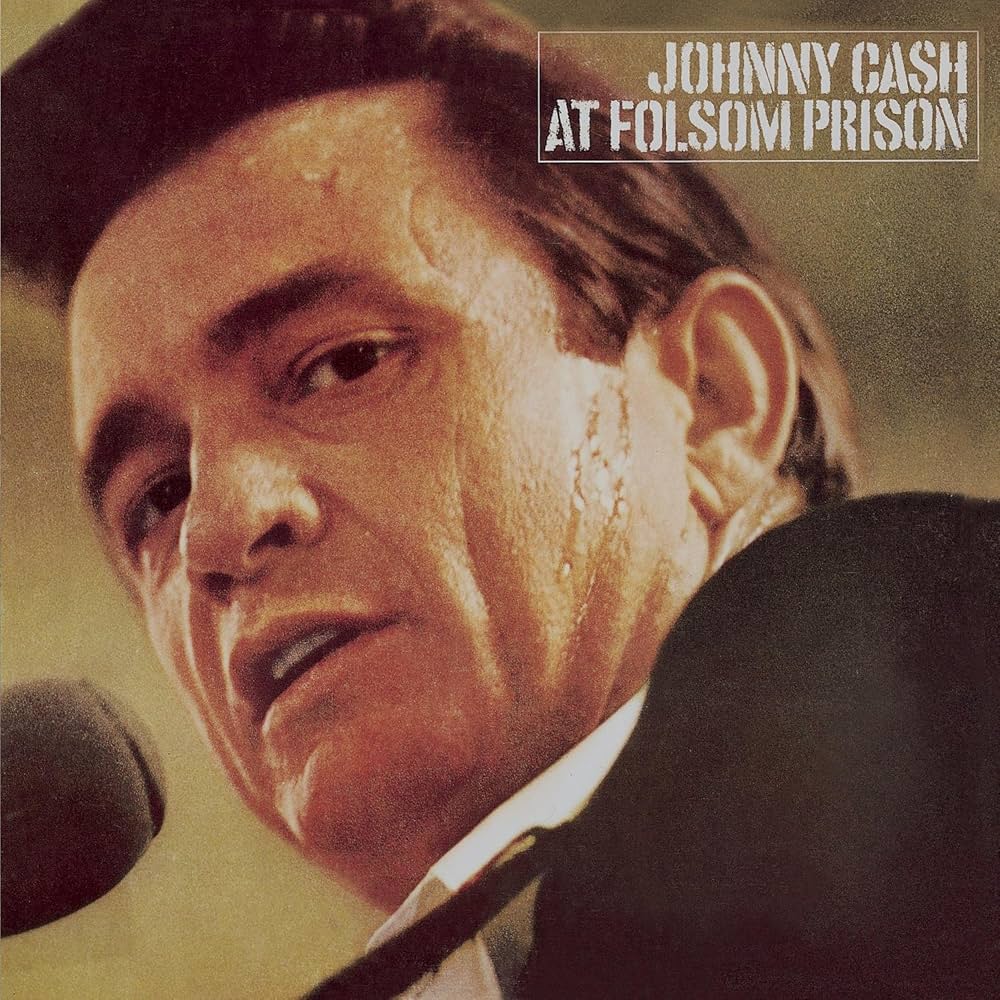 Bobby Day’s “Rockin’ Robin” is a song that exudes joy, energy, and an enduring sense of innocence, a track that has continued to charm audiences since its release in 1958. As a fusion of rhythm and blues with the early strains of rock ’n’ roll, the song captures a pivotal moment in music history, when artists were beginning to bridge the gap between traditional R&B and the more accessible pop sounds that would dominate the charts in the decades to follow. Its catchy melody, playful lyrics, and infectious rhythm make it an enduring classic, one that has influenced generations of musicians and delightfully crossed the boundaries of time, appealing equally to the teenagers of the 1950s and modern audiences discovering it anew. The song’s simplicity is deceptive; beneath its cheerful surface lies a masterclass in songwriting, performance, and arrangement, demonstrating how a short, seemingly lighthearted track can leave an indelible mark on popular culture.
Bobby Day’s “Rockin’ Robin” is a song that exudes joy, energy, and an enduring sense of innocence, a track that has continued to charm audiences since its release in 1958. As a fusion of rhythm and blues with the early strains of rock ’n’ roll, the song captures a pivotal moment in music history, when artists were beginning to bridge the gap between traditional R&B and the more accessible pop sounds that would dominate the charts in the decades to follow. Its catchy melody, playful lyrics, and infectious rhythm make it an enduring classic, one that has influenced generations of musicians and delightfully crossed the boundaries of time, appealing equally to the teenagers of the 1950s and modern audiences discovering it anew. The song’s simplicity is deceptive; beneath its cheerful surface lies a masterclass in songwriting, performance, and arrangement, demonstrating how a short, seemingly lighthearted track can leave an indelible mark on popular culture.
From the opening notes, “Rockin’ Robin” establishes a sense of motion and excitement. The piano and percussion immediately set a rhythmic pace that invites listeners to move along with the beat, while Day’s vocals enter with a playful, almost mischievous energy that perfectly embodies the song’s carefree spirit. The arrangement is tight, economical, and deliberately upbeat, with no wasted notes or unnecessary embellishments, creating a song that feels both light and irresistibly danceable. The vocal delivery is central to the track’s charm; Day’s clear, bright tone conveys a sense of joy that is infectious, turning what could have been a simple novelty song into a lasting pop standard. Each inflection and emphasis in his voice enhances the whimsy of the lyrics, making the song a delight for listeners of all ages.
The lyrics of “Rockin’ Robin” are simple, playful, and filled with imagery drawn from nature. The song celebrates the joyful song of the robin, using it as a metaphor for exuberance and lively spirit. Lines like “Tweet, tweet, tweet, tweet, rockin’ robin” are repetitive but intentionally so, creating a mantra-like chorus that is instantly memorable. The narrative is minimal—there’s little more than an observation of the robin’s energetic song—but the clever use of repetition and rhythm transforms it into something hypnotic and catchy. The song’s focus on joy, music, and natural imagery gives it a timeless appeal, as its subject matter is universal and its delivery is infectious. It is a song that exudes positivity, an ode to the simple pleasures of life, and the immediacy of its charm is one of the reasons it has remained popular for more than six decades.
Musically, “Rockin’ Robin” is a masterclass in early rock ’n’ roll craftsmanship. Its structure is straightforward yet effective: verses lead seamlessly into the chorus, with instrumental breaks that punctuate the vocal lines without overshadowing them. The rhythm section drives the song forward with a steady, toe-tapping beat, while subtle flourishes from piano, guitar, and backing vocals add texture and depth. This balance between simplicity and sophistication is part of the track’s genius. Every element serves the song, and nothing feels extraneous. The instrumentation, paired with Day’s spirited performance, gives the song a vibrancy that feels immediate and alive, allowing it to captivate audiences decades after its initial release.
One of the most striking aspects of “Rockin’ Robin” is its vocal arrangement. Day’s lead vocals are complemented by backing harmonies that echo and emphasize the playful energy of the song. The call-and-response elements, particularly in the chorus, enhance the sense of community and fun, making listeners feel as though they are part of the musical celebration. This vocal interplay is emblematic of the era’s R&B roots, where group harmonies and responsive singing were central to the genre’s appeal. Day’s execution is precise yet natural, maintaining a balance between control and exuberance that ensures the song feels joyous rather than forced. The result is a track that is as delightful to sing along with as it is to listen to, encouraging audience participation in the form of clapping, dancing, or simply mouthing the iconic “tweet, tweet” lines.
“Rockin’ Robin” also holds an important place in the history of popular music as an early example of the crossover between R&B and mainstream pop. Released at a time when racial barriers in music were being challenged, the song’s appeal transcended audience demographics, gaining popularity across both black and white communities. Its cheerful, non-confrontational nature allowed it to reach a wide audience, and its musical style, combining the rhythmic drive of R&B with melodic pop sensibilities, made it accessible to listeners who might not have otherwise engaged with the genre. This cross-cultural appeal helped pave the way for future rock ’n’ roll hits, influencing artists who sought to blend rhythm, melody, and universal themes to create music that resonated broadly.
The enduring popularity of “Rockin’ Robin” is reflected in the numerous covers and reinterpretations it has inspired over the years. Artists from a variety of genres, including pop, R&B, and even country, have recorded their versions, each bringing their own stylistic flair while preserving the song’s core charm. These renditions highlight the song’s adaptability and timelessness, demonstrating that its infectious energy and catchy melody can thrive in multiple musical contexts. Some covers emphasize vocal virtuosity, others bring a more contemporary production style, but all pay homage to the original’s irresistible blend of rhythm, melody, and joy. The song’s influence can be traced in the work of countless artists who have sought to capture a similar sense of playful exuberance in their music.
Part of the magic of “Rockin’ Robin” lies in its ability to convey a sense of fun without ever feeling frivolous. While the song is undeniably lighthearted, its construction, timing, and performance reveal a meticulous attention to detail. The precise rhythm, the careful placement of instrumental accents, and the infectious vocal delivery all contribute to a song that feels effortless, even though it is the product of deliberate craftsmanship. This balance between spontaneity and precision is what allows “Rockin’ Robin” to endure, as it feels fresh and engaging regardless of how many times it is played. It is a song that invites joy, and its success lies in the fact that it achieves this effortlessly, without relying on gimmicks or complexity.
Bobby Day’s persona also plays a significant role in the song’s impact. Known for his charismatic, youthful energy, Day brings an authenticity to “Rockin’ Robin” that elevates it above a simple novelty track. His vocal performance conveys genuine delight and enthusiasm, making it easy for listeners to connect with the music on an emotional level. The song feels celebratory and inclusive, reflecting Day’s ability to project warmth and charm through his voice. This connection between performer and audience is a key factor in the song’s lasting appeal, as it invites participation and creates a shared sense of enjoyment that transcends generations.
The song’s arrangement cleverly utilizes space and repetition to enhance its hypnotic effect. Instrumental breaks allow the vocals to shine while maintaining momentum, and the interplay between lead and backing vocals keeps the listener engaged throughout. Even though the lyrics are simple and the song is short, the arrangement ensures that it never feels monotonous. Instead, each repetition and variation builds excitement, creating a sense of anticipation that mirrors the lively energy of the robin itself. This careful manipulation of musical elements is a testament to the skill of Day and his collaborators, showcasing how a seemingly simple song can be crafted with sophistication and intentionality.
“Rockin’ Robin” also resonates because of its timeless themes. The song celebrates joy, vitality, and the exuberance of life, messages that are universally appealing. The robin serves as a metaphor for carefree energy, encouraging listeners to embrace a sense of playfulness and delight. In a broader cultural context, the song captures the optimism and exuberance of the late 1950s, a period marked by social change, musical experimentation, and a growing youth culture that celebrated freedom and fun. By tapping into these themes, “Rockin’ Robin” remains relevant, as the desire for joy, celebration, and communal experience transcends specific eras and musical trends.
The song’s influence extends beyond its immediate musical appeal. Its success helped solidify Bobby Day’s place in the pantheon of early rock ’n’ roll and R&B artists, and it contributed to the broader popularization of upbeat, danceable tracks that could appeal to a wide audience. The energy and structure of “Rockin’ Robin” can be heard echoed in countless later pop and rock hits, particularly those that seek to combine infectious melodies with rhythmic drive. Its presence in film, television, and advertising further underscores its cultural impact, as it continues to evoke feelings of nostalgia, joy, and timeless musical charm.
Live performances of “Rockin’ Robin” further illustrate the song’s vitality and enduring appeal. Day’s charismatic delivery, combined with the playful energy of the backing musicians, transforms the track into a communal experience. Audiences are drawn in by the catchy chorus, the playful lyrics, and the irresistible rhythm, creating moments of shared joy that highlight the song’s universality. Even decades after its initial release, the song remains a staple of performances that celebrate early rock ’n’ roll and its ability to bring people together through music, dance, and shared enthusiasm.
The simplicity of the song is part of its genius. It does not rely on complex chord changes, elaborate arrangements, or convoluted lyrics. Instead, “Rockin’ Robin” succeeds through its focus on rhythm, melody, and vocal delivery. The repetitive, chant-like chorus reinforces the song’s infectious nature, while the playful lyrics and bright instrumentation ensure that it remains engaging throughout. This simplicity, combined with careful execution, allows the song to maintain a sense of immediacy and joy that continues to captivate listeners, whether they are experiencing it for the first time or revisiting it decades later.
“Rockin’ Robin” also exemplifies the early fusion of R&B and pop, a blending that would come to define much of the music in subsequent decades. By taking the rhythmic and harmonic sensibilities of R&B and pairing them with a more melodic, accessible structure, Bobby Day created a track that was both sophisticated and widely appealing. The result is a song that feels both contemporary and timeless, bridging musical traditions and influencing countless artists who sought to emulate its infectious energy and crossover potential.
Ultimately, the enduring charm of “Rockin’ Robin” lies in its ability to evoke pure joy. The combination of Bobby Day’s spirited vocals, the tight, danceable arrangement, and the playful, universal lyrics create a track that transcends generational boundaries. It captures a moment in musical history while remaining relevant and engaging for modern audiences. The song’s balance of simplicity and sophistication, energy and precision, ensures that it continues to delight listeners, providing an example of how a seemingly lighthearted track can achieve lasting cultural significance.
Bobby Day’s “Rockin’ Robin” remains a masterful demonstration of early rock ’n’ roll’s power to entertain, unite, and inspire. Its catchy melody, playful lyrics, and infectious rhythm make it a timeless classic that continues to influence musicians and captivate listeners more than six decades after its release. The song embodies joy, exuberance, and the enduring appeal of music that celebrates life and movement. Its lasting popularity is a testament to the skill, charm, and artistry of Bobby Day, and its place in the canon of rock and pop classics is secure.
Through “Rockin’ Robin,” Bobby Day crafted more than just a hit; he created a cultural touchstone, a song that exemplifies the power of music to convey joy, foster communal experience, and remain relevant across generations. Its infectious energy, playful lyrics, and timeless appeal ensure that it will continue to be celebrated, performed, and enjoyed for decades to come, proving that sometimes, the simplest songs leave the most lasting impact on popular culture and the hearts of listeners everywhere.


